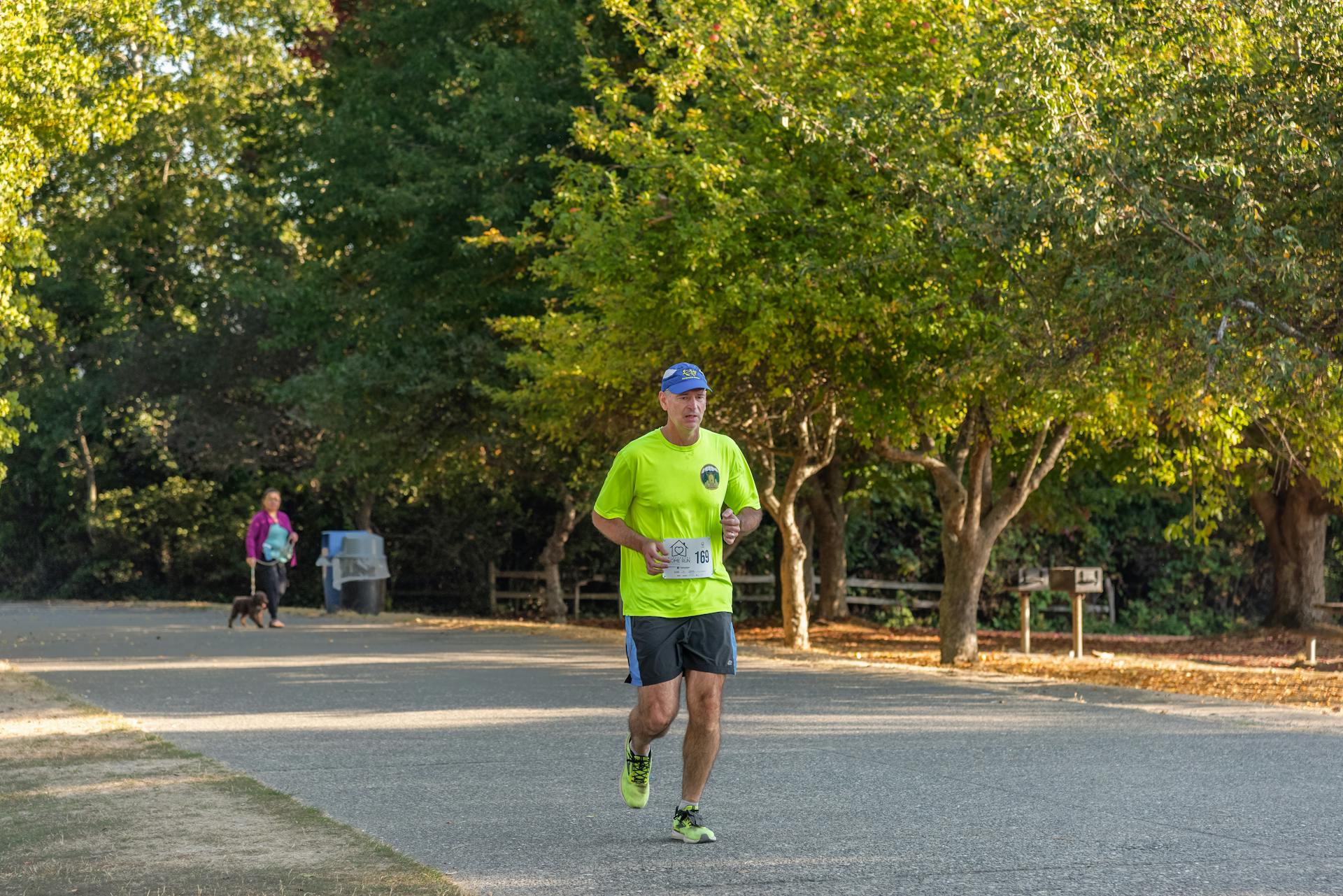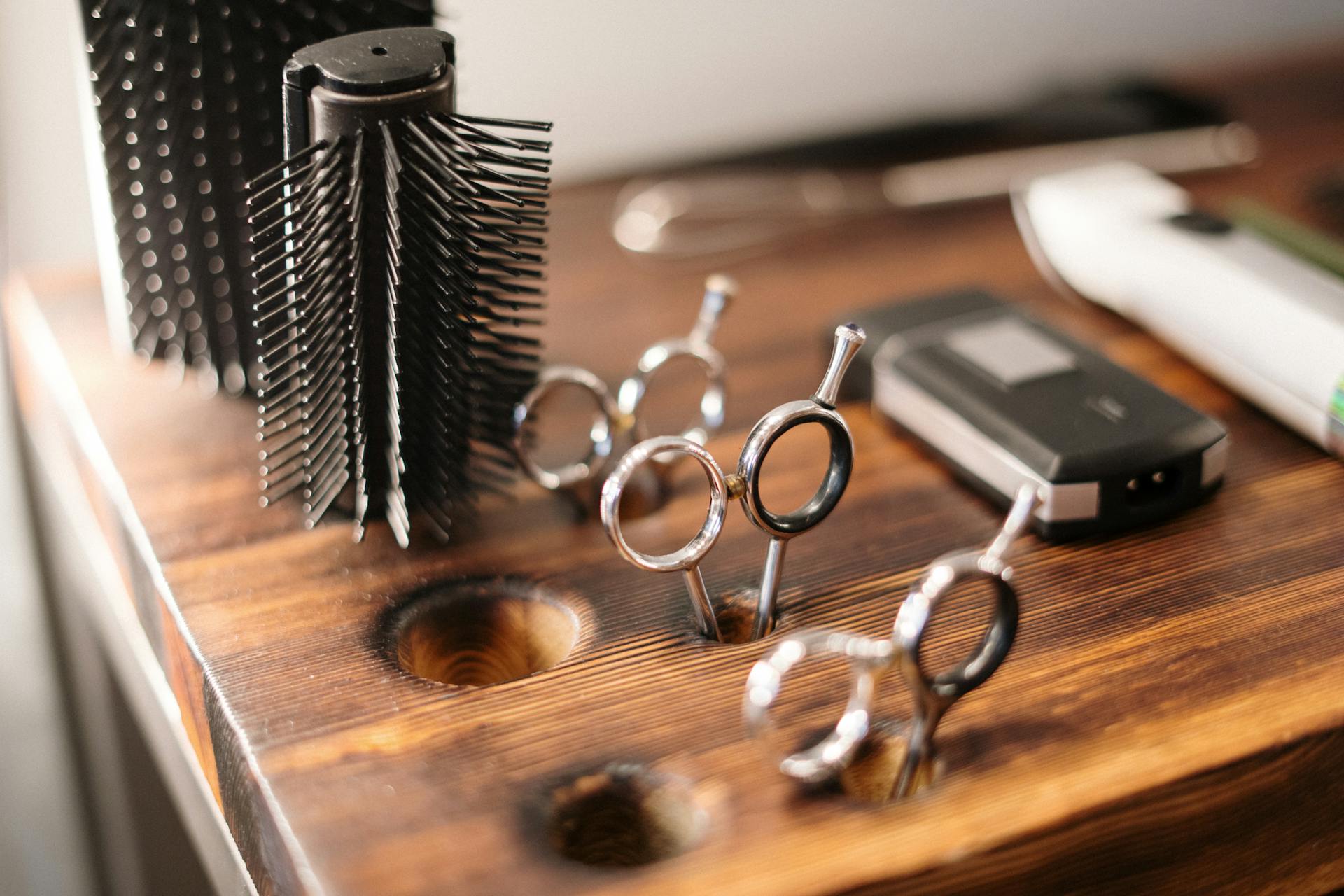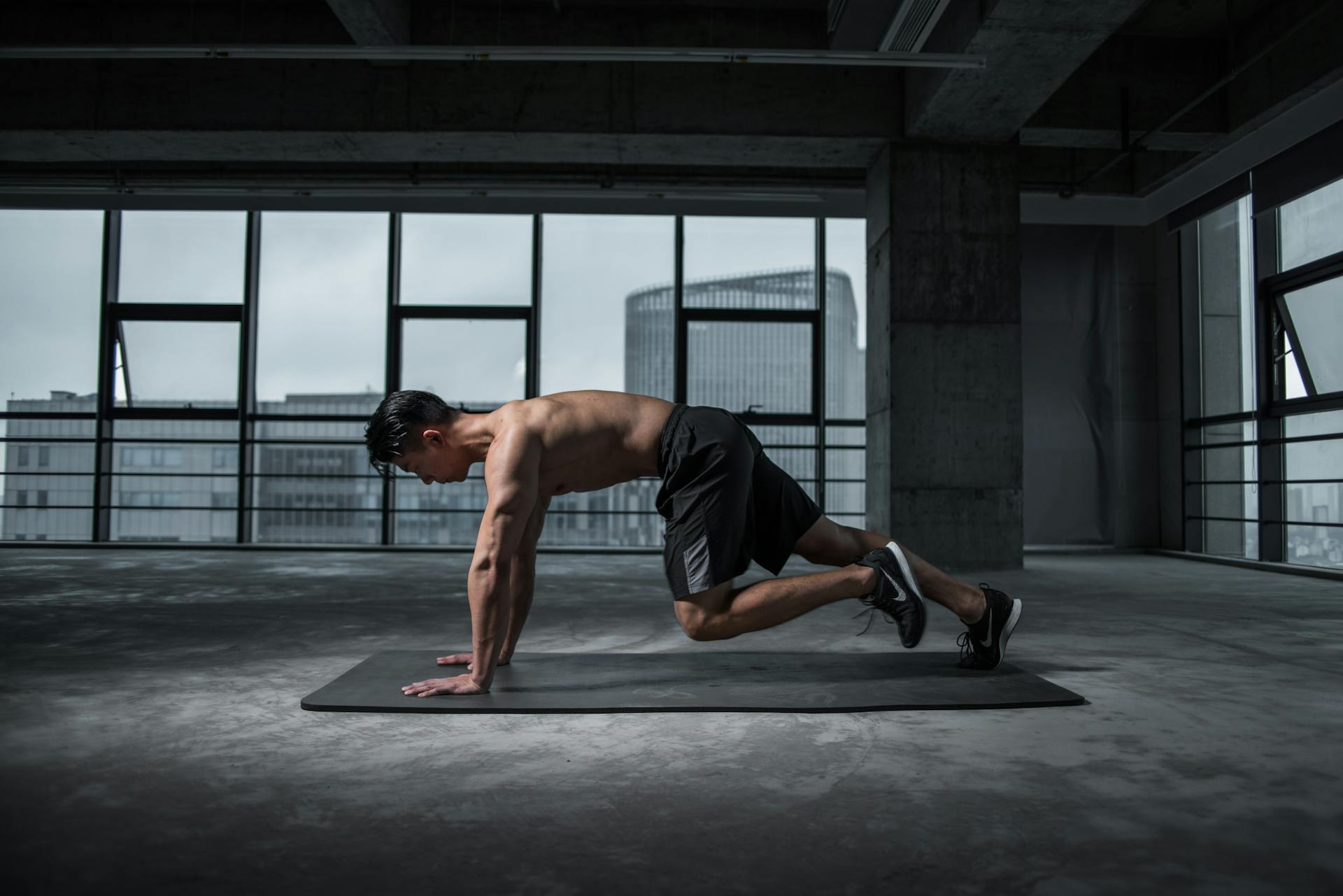
Are you tired of doing countless crunches and not seeing any results? Introducing the amazing plank benefits - a great alternative for core training that can transform your body and unlock vital benefits.
Planks are a simple but effective exercise that can help you achieve a beach-ready body effectively by working multiple muscle groups at once. Not only do they improve core strength, but they also improve stability, reduce the risk of injury, and maintain mobility. By continuously challenging yourself with different variations of planks, you're able to keep your tummy tight and your core strong.
If you're looking to improve stability, here's why planks can help: unlike crunches or sit-ups, planks activate more muscles in your body including your shoulders, glutes, and legs resulting in better overall balance. Plus, the plank is a great way to tone up those abs leading to that sought after six-pack without putting unnecessary pressure on your spine. So ditch the old sit-up routine and try incorporating planks into your workout today!
Unlocking Vital Benefits: The Art of Planking
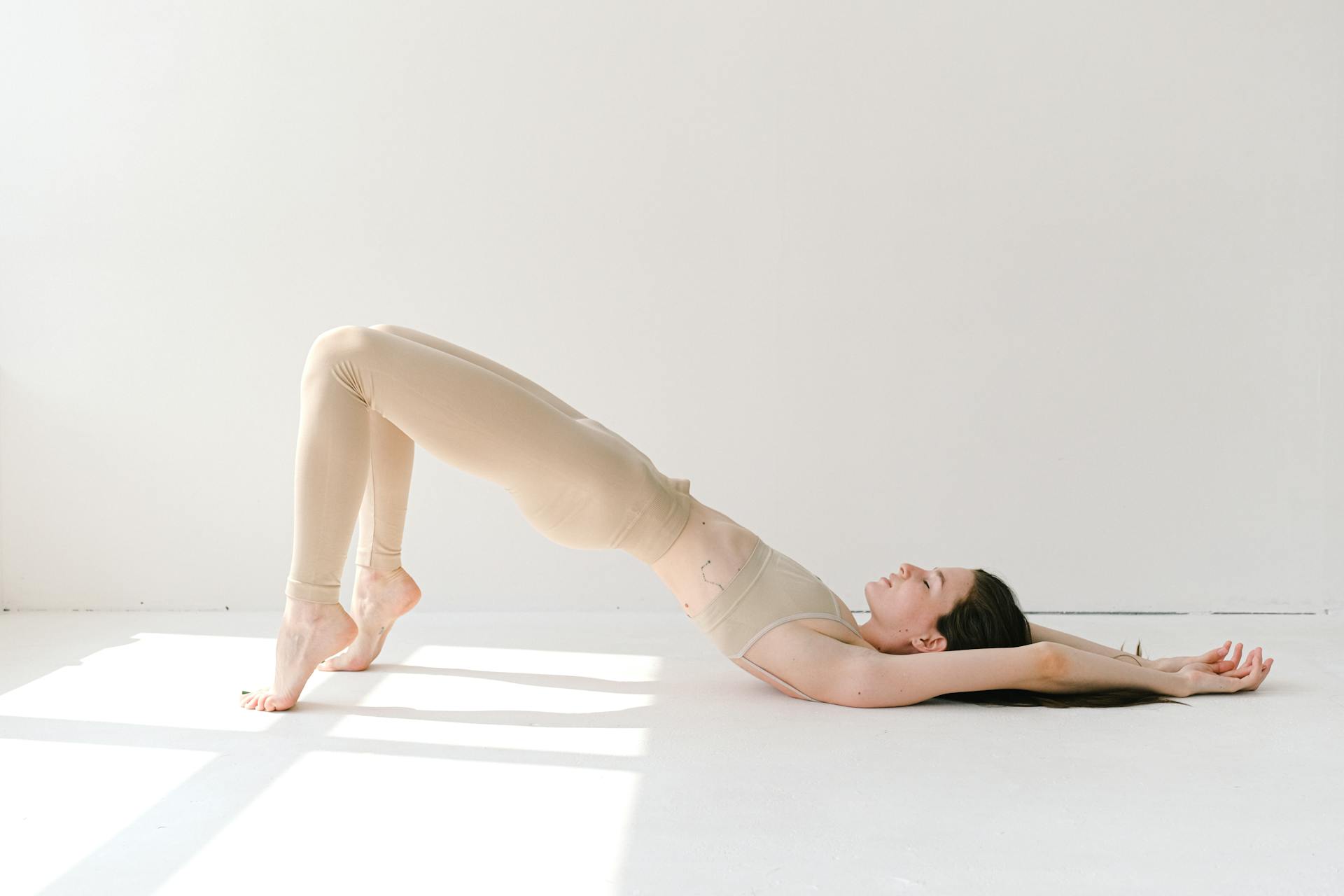
Have you ever heard about the simple act of planking? Many fitness enthusiasts and experts recommend this exercise because of its numerous benefits. Planking isn't complicated - you simply hold a pushup position with your toes firmly planted and back straight, while keeping your core tight.
One of the most significant advantages of planking is that it helps prevent saggy back or lower back pain. This exercise strengthens your core muscles, including the transverse abdominis, rectus abdominis, and obliques. When these muscles are strong, they can support your spine properly, reducing the risk of injury or discomfort.
To perform a high plank, start in a pushup position with your hands directly under your shoulders and toes tucked under. Keep your body in a straight line from head to heels as you engage your core and hold the pose for 30 seconds or more. For a low plank (lower variation), place your forearms on the ground instead of your hands while maintaining good form throughout. Try incorporating this simple exercise into your routine for better posture and reduced risk of injury!
Exploring the Fascinating Background of Plank Exercise
If you're familiar with plank exercises, you may think it's a sick twisted form of punishment invented by some sadistic individual. But the simple truth is that this extreme method has been around for centuries. A history lesson back to the early 1900s reveals that Joseph Pilates, the man responsible for creating the pilates training system, developed a similar ab-burning movement now known as the plank exercise.
It's hard to imagine an exercise world without plank exercises. This exercise wasn't always this popular until a man named Brian Mackenzie created 101 evaluation tests, and one of them was the plank hold. Since then, it has become a prominent part of many fitness routines due to its highly beneficial effects on core strength and avoiding injury. Another man named Stuart McGill took this exercise further by introducing side bridges and leg-pull front movements created specifically for lower back health.
Today, the plank position is considered a staple in most fitness regimens due to its impact on core strength and overall body stability. It remains one of the essential elements in promoting good posture and preventing lower back injuries when done correctly. So if you're looking for an effective way to strengthen your core muscles while avoiding injury, give planks a try today!
Adapting Your Plank Routine Has Never Been Easier
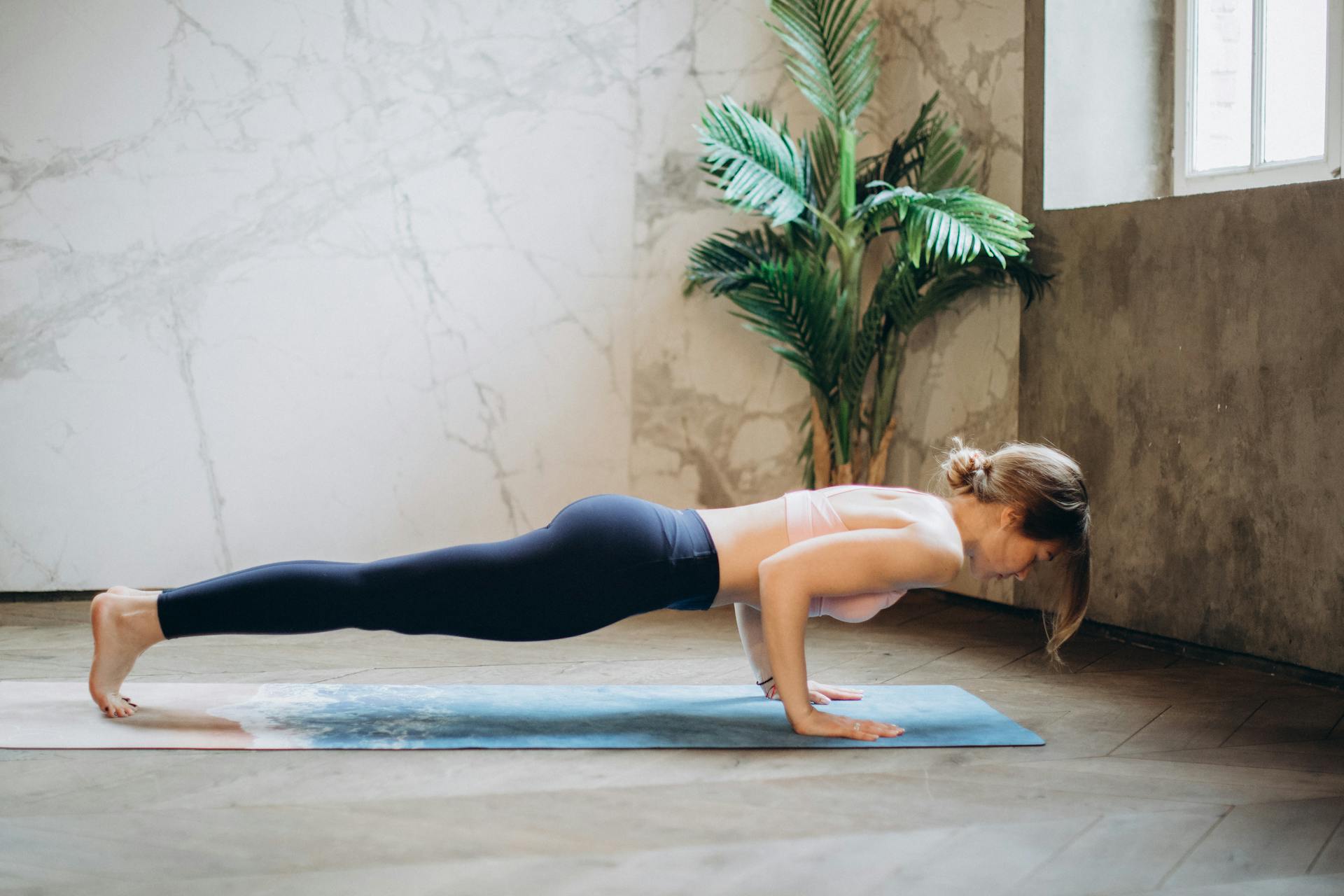
The classic plank is one of the great go-to exercise planks that can help you build core strength, improve posture, and reduce back pain. The plank position involves supporting yourself on your hands and toes, with your body straight and parallel to the floor. It's a simple exercise start that anyone can do, but it can be made more challenging by increasing the duration of your hold.
If you're looking to get the most out of your plank routine, then there are a few things you should keep in mind. First, make sure you're holding the position for at least 30 seconds. This is the minimum amount of time required to engage your core muscles fully. However, if you want to push yourself further, there's no maximum time limit – just keep adding seconds until you reach your limit!
Athletic performance research shows that repeated 10-second holds with short rest periods in between are an effective way to train the core muscles quickly and efficiently. By adapting your plank routine with this method, you'll be able to increase your endurance, strengthen your abdominal muscles and lower back while taking less time out of your day! So why not give it a try today?
Incorporating Planks into Your Fitness Regimen: A Must-Read!

Looking for a classic exercise to incorporate in your everyday regime? Look no further than the plank! This simple yet effective move can help improve your core stability, balance, and overall strength. Plus, it requires no equipment and can be done anywhere. So why not give it a try and see how planks can benefit your fitness journey?
How Planks Can Transform Your Stance
If you're experiencing back pain from sitting at your office desk all day, here's some good news: planks can help! This exercise makes use of your body weight to strengthen your core muscles, which are vital components in maintaining good posture. By doing planks regularly, you'll be able to develop isometric strength in your shoulders, back, chest, neck and lower back.
One of the reasons why planks are so effective in improving posture is because they help bring your shoulders back into a neutral position. When we sit for long periods of time, our shoulders tend to droop forward, leading to a hunched stance. By engaging your shoulder blades during planks, you'll be able to pull them back and create a straighter line from your head down to your hips.
Planks also work wonders for strengthening the muscles in your lower back. This area tends to be neglected in traditional ab exercises like crunches or sit-ups. By keeping your core engaged during a plank and holding yourself steady for as long as possible, you'll feel the burn in both your abs and lower back. Over time, this added strength will help you maintain good posture throughout the day - even when you're not actively thinking about it.
Improve your flexibility with planks!
Plank pose benefits go beyond just toning your abs. This stretch exercise is a great way to improve the flexibility of your lower half. By holding the plank position lengthens, you can work on stretching out your hamstrings and hip flexors, which are two areas that tend to be tight in many people. Additionally, this dual strength and stretching exercise can help increase the range of motion in your hips, making it easier to move around.
Another benefit of planks is their ability to target individual areas of the body. For example, by doing side planks, you can focus primarily on strengthening and stretching your obliques (the muscles that run along the sides of your torso). Similarly, by extending one arm or leg during a plank hold position lengthens - this helps target specific muscle groups such as your shoulders or glutes.
Finally, planks are a great way to improve overall flexibility because they engage multiple muscle groups at once. Your feet making contact with the ground and using both arms for support forces you to engage not only your abs but also your legs, back, and arms. This full-body engagement ultimately leads to increased flexibility throughout all areas of the body.
What Are Planks?
Planks are one of the most beneficial basic bodyweight exercises that you can do. They are a type of exercise that builds things, such as your abdominal muscles and core strength. Plank exercises involve getting into the standard push-up position with your toes planted firmly on the ground and your elbows resting on the ground in front of you. Your body should be roughly level, with your fingers facing ahead.
To perform planks, you'll lift up onto your toes and elbows, keeping your body in a straight line from head to heels. You'll hold this position for as long as possible, focusing solely on keeping your core tight and in position. If you struggle to hold the plank for very long at first, don't worry! Even just holding this position for 30 seconds can promote strength gains in your abdominal muscles.
One of the main benefits of planks is their ability to help build a strong core. Unlike other ab training exercises like sit-ups or crunches, planks don't put any unnecessary pressure on your back or neck. Instead, they provide a brutal stomach crunch that will leave you feeling like you've done an intense workout without ever having to leave home or forget someone else's time at the gym. So if you're planning to add some ab training to your routine, make sure plank exercises are part of it!
Frequently Asked Questions
What are the benefits of starting a plank exercise routine?
Plank exercises help to strengthen your core, increase stability and balance, improve posture, and reduce the risk of injury. Regular plank routines can also boost metabolism and enhance overall fitness levels.
Why is planks considered the best core exercise?
Planks are considered the best core exercise because they engage multiple muscle groups including the abs, back, and hips, improving overall stability and posture. They can also be modified for different fitness levels and have been shown to reduce lower back pain.
How many sessions of planks should I do a day?
It is recommended to do 3 sets of planks for 30-60 seconds each, with a break in between, for a total of 5-6 days per week. However, it's important to listen to your body and not overwork yourself.
What are pros and cons of plank exercise?
The plank exercise is a great way to strengthen your core muscles, improve posture, and reduce back pain. However, it can be difficult for beginners and may not provide significant results in terms of weight loss or muscle gain.
Are planks harder on elbows or hands?
Planks are harder on the hands than on the elbows, as they bear more weight and pressure. It is important to use proper form and technique to avoid injury.
Featured Images: pexels.com
